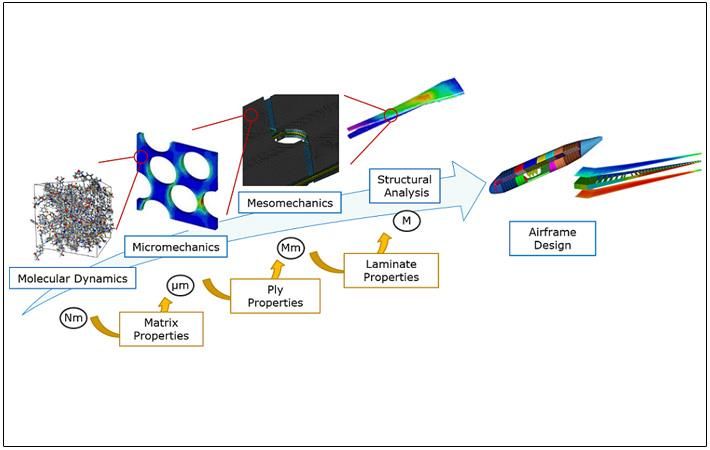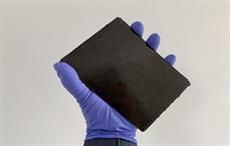Tohoku University Graduate School of Engineering, Graduate School of Information Sciences, and NEC Corporation are developing a materials integration system utilising NEC's vector supercomputer SX-Aurora Tsubasa to speed up the production of carbon fibre reinforced plastics (CFRP) for aircraft. The R and D is taking place under a Japanese government project.
This research and development is being conducted under the Cross-ministerial Strategic Innovation Promotion Programme, a national project led by the Cabinet office, Government of Japan, aiming to reduce the development costs, manufacturing costs, and development period of composite materials for next-generation aircraft by up to 50 per cent when compared with conventional methods.Tohoku University Graduate School of Engineering, Graduate School of Information Sciences, and NEC Corporation are developing a materials integration system utilising NEC's vector supercomputer SX-Aurora Tsubasa to speed up the production of carbon fibre reinforced plastics (CFRP) for aircraft. The R and D is taking place under a Japanese government project.#
In the field of composite materials for aircraft, Japan has produced a wide range of materials with excellent properties. However, a great deal of time and expenses have gone into developing them. Currently, digitalisation is advancing worldwide, and there is a need to shorten the delivery time of products to market. Therefore, reducing the development costs and the duration of development is an urgent need.
In order to efficiently develop high-performance composite materials in a short period of time, strategic research and development that combines a variety of academic knowledge, such as materials science and information sciences, is required, rather than just traditional methods that depend on conventional experiments and expertise.
The aim of this project is to create an integrated system capable of digitally developing CFRP for aircraft structures using simulation tools developed by Tohoku University and NEC's SX-Aurora TSUBASA vector supercomputer.
Specifically, by implementing simulation codes on a supercomputer that analyses mechanical responses ranging from as small as the molecular level to the aircraft wing and fuselage, the processes of material selection, design, and others can be performed at high speed and at multiple scales. By utilising this system as an integrated simulation platform, tailor-made material development becomes possible to more effectively meet the demands of aircraft manufacturers.
Fibre2Fashion News Desk (SV)


